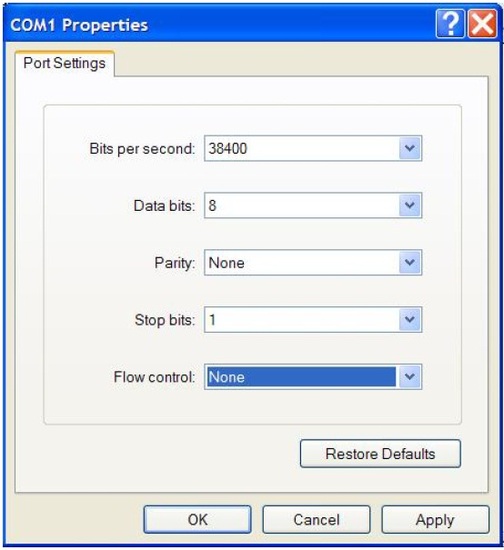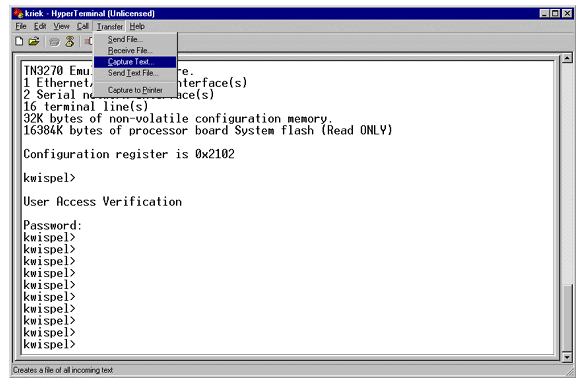15.08.2019
Hyperterminal Serial Numbers
Hyperterminal Serial Numbers Average ratng: 4,2/5 2309 reviews
From Hilgraeve:Hyperterminal Serial Connection

Sample opening prayer for memorial service. The serial number should be in your confirmation email below the download link. It is not the same as the order number. Unable to write to file Usually this means that Windows permissions are preventing the program from recording the serial number. The easiest way around this is to right click on the HyperTerminal icon, select “Run as Administrator”, and then register the program. This feature is not available right now. Please try again later. HyperTerminal Private Edition is a terminal emulation program that supports communications over TCP/IP networks, Dial-Up Modems, and serial COM ports.
HyperTerminal Private Edition is a terminal emulation program that supports communications over TCP/IP networks, Dial-Up Modems, and serial COM ports.
Some uses of HyperTerminal Private Edition: Use a TCP/IP network to connect to systems on the Internet or your network using Telnet or Secure Shell (SSH); Use a Dial-Up modem to dial into modem based systems; Talk directly to many different types of devices using serial COM ports; Define key macros, save keystrokes, or adapt to host systems that require special keys or command sequences; Assign passwords, user ID's and host commands to a single key; Select terminal screen size and colors to take advantage of host systems that let you adjust the number or rows and columns displayed; Set the program to automatically exit after you log out. Use pass-through printing to allow host systems to print directly to the users printer; Zmodem crash recovery; TCP/IP support for accessing telnet sites on the Internet; Auto-redial busy telephone numbers; Conduct multiple simultaneous telnet sessions; Set HTPE as your default telnet client. Terminal Emulators: ANSI; ANSIW; Minitel; ViewData; VT100, VT100J, VT52, VT220, and VT320.
Some uses of HyperTerminal Private Edition: Use a TCP/IP network to connect to systems on the Internet or your network using Telnet or Secure Shell (SSH); Use a Dial-Up modem to dial into modem based systems; Talk directly to many different types of devices using serial COM ports; Define key macros, save keystrokes, or adapt to host systems that require special keys or command sequences; Assign passwords, user ID's and host commands to a single key; Select terminal screen size and colors to take advantage of host systems that let you adjust the number or rows and columns displayed; Set the program to automatically exit after you log out. Use pass-through printing to allow host systems to print directly to the users printer; Zmodem crash recovery; TCP/IP support for accessing telnet sites on the Internet; Auto-redial busy telephone numbers; Conduct multiple simultaneous telnet sessions; Set HTPE as your default telnet client. Terminal Emulators: ANSI; ANSIW; Minitel; ViewData; VT100, VT100J, VT52, VT220, and VT320.


read more +